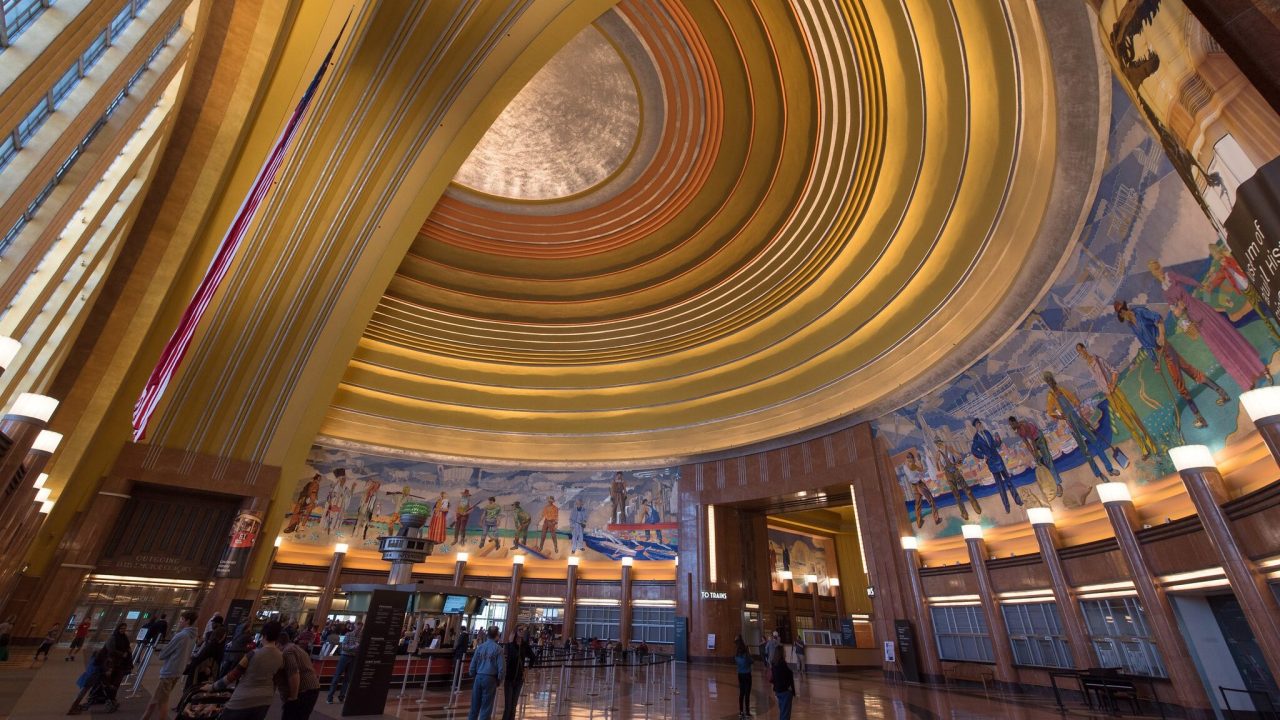
Watching people of all ages, races, religions, and nationalities stand up for equality in the wake of George Floyd’s murder, my thoughts have drifted back to my time at the Cincinnati Museum Center. In 2001, just after I joined the CMC as Vice President of Museums, civil protests broke out in the city over the police shooting of Timothy Thomas, an unarmed Black teenager, and the number of African American men who had been shot by the Cincinnati police in the past six years. “Fifteen Black men!” was the rallying cry of the protestors, who were fed up with the perceived indifference of the Cincinnati Police Department to the multiple deaths of African American men by their hands.
Cincinnati has a long history of segregation and poor race relations, and the municipal government has done little to effectively address the problem over the years. For example, after protests and riots broke out in 1968 over the assassination of Dr. Martin Luther King, Jr., the city made only a few cosmetic changes before going back to things as usual. After the protests of 2001, many Cincinnati residents felt that more had to change in order for the city to heal and come together. The city had to address the root of the problems, not just gloss over systemic racism because the subject was uncomfortable. But few institutions at the time were stepping up to respond to the community discord, including the National Underground Railroad Freedom Center, a place built for racial reconciliation. The Cincinnati Museum Center (CMC) decided to fill that void, making a conscious decision to become a place where people could come, meet, and become active participants in finding solutions to racism and its impact on the community.
When the protests broke out, the president of the center, Douglas McDonald, saw an opportunity for the museum to take a leadership role in our community by providing a safe place for community dialogue to help the city heal, and asked me to develop an exhibition on the protests. I assumed I would have a year or two to create it, but McDonald insisted that if we were going to be relevant to the current crisis we would have to develop and open the exhibition in only ninety days. The project consisted of mapping out a thematic approach to the exhibition, researching the history of race relations in Cincinnati, collecting oral histories from protestors and residents, acquiring images and artifacts, creating graphics and video, and writing the exhibition narrative. To make things even more daunting, we had to design and fabricate the 2,500-square-foot exhibition space while raising the funds to pay for it in just ninety days. The board quickly voted to approve the plans for the exhibition, with the exception of one member who thought such an exhibition would glorify the destruction and violence that had broken out in a few areas.
The exhibition had to address several issues that Cincinnati was facing. First, we needed to address the reasons for the protest—the killing of an unarmed Black teenager by the police. Second, we had to look at the history of police brutality in the city and the effects of systemic racism on people of color in Cincinnati. One of our main goals with the exhibition was giving voice to Cincinnatians who had not been able to articulate their grievances and who felt that their problems were not being heard or addressed. We saw this as the first step in helping to bring about racial reconciliation.
My team purposely designed the exhibit to get people to think and to react. To this end, we developed a “whisper tunnel,” a partially enclosed area where recordings played of stereotypes and racist comments people of the same race say to each other but would never say to a person of another race. We had monitors where community individuals could voice their opinions on race relations in the city and the causes of the protests. We created “graffiti” boards so visitors could write their views of race relations and suggestions for improving them. We worked with the National Conference of Christians and Jews to train facilitators to help guide group discussion and provided space for any group that felt the need to talk following their visit to the exhibition. We also provided each visitor with a postcard to write down their personal commitment to bring about change, which we mailed to them six months later as a reminder of their commitment. In publicizing the exhibition, we made sure people understood that it was about them and their place in this city. We wanted to make everyone feel like they had a voice, not only to express their feelings but also to suggest solutions.
In the exhibition, we worked to dispel some of the myths that circulated following the protests. One of these was the idea that only African American people are known to riot. Through research, we were able to establish that people of all races have historically protested and rioted when they felt like their voices had not been heard. As early as 1794, during the Whisky Rebellion, white Americans protested what they felt was an unjust tax, and the protest quickly became a riot characterized by violence and destruction of property. In 1829 and 1845, white Cincinnatians protested the number of African Americans living in the city and fired a cannon down the middle of the Black section of the city, causing mass destruction and injuries. In 1884 in Cincinnati, ten thousand people rioted against corruption in the criminal justice system and local government, and some protesters ended up burning down the courthouse. When African Americans began to riot in the 1960s, it was to protest decades of oppression, segregation, discrimination, inequity, and finally the killing of Dr. Martin Luther King, Jr. The city responded by establishing a commission to examine the causes of the riots and make recommendations for change. The resulting report was sent to the mayor’s office and eventually shelved. No systemic changes were implemented, and the city returned to business as usual while racial tensions and inequality continued unchecked.
The protests of 2001 were different. Three decades after the end of the Civil Rights Movement, African Americans realized that few things had changed. The city was more segregated than ever, poverty in the downtown Over-the-Rhine district was rampant, and police brutality against African Americans continued unabated. But unlike the 1960s, the 2001 protests ended with hope for a real change in city governance and in the police departments. All over the city, churches, community groups, and civic organizations were coming together to talk about the protests and what they could do to improve life for all residents in the city. The local media not only reported on the protests and riots, but also what could be done to resolve the racial inequity problem. Again, a commission was established to make recommendations for improving community and police relations. A corporation called 3CDC (Cincinnati City Center Development Corporation) was formed to develop the Over-the-Rhine area, including market-priced housing, a school for the performing arts, new restaurants, and renovations and expansion to the Cincinnati Arts Institute and Music Hall. In the midst of this, the Cincinnati Museum Center seized the opportunity to play an active role in promoting change in the community and within the museum itself.
The museum changed for the better. The community had long valued the museum primarily because it was housed in Union Terminal, a beautiful historic art deco building. Now, people who had weddings and other events in the museum, or just visited with their children for a fun afternoon, came to value the center as a real resource for community dialogue and social change. The board and staff recognized that the museum could be nimble in its response to a crisis situation and that it could be objective in presenting disparate points of view while encouraging dialogue and racial healing. In turn, CMC changed and became bolder in its approach. It redirected its youth program to make membership more representative of the racial makeup of the city. It secured funding so that teachers could bring students to the center free of charge with transportation provided. It hired African American women to direct the Natural History Museum (whose first curator was James Audubon) and the Children’s Museum. The residents of Cincinnati came to view the museum in a different light: no longer as just a museum but an active member of the community. A few years later, when a multi-million dollar levy was placed on the ballot to restore and renovate the building, the people of the community passed it by 65 percent, a high vote of confidence in CMC.
Now, many museums are in the same position CMC was almost twenty years ago, and have the same opportunity for reinvention. If museums in the twenty-first century are to be agents of change, they must go beyond merely issuing statements of solidarity with Black Lives Matter and look within. Internally, museums must seriously examine their commitment to social change and equality and how that is reflected in their own staffing, programming, and collections. Then they can turn to examining how they can promote change in the larger society. They must reach out to their communities and provide them with opportunities and spaces to come together and create meaningful social dialogue, healing, and solutions. This is the difference between being merely a museum or being an active institution that cares about the community it serves. The Cincinnati Museum chose change from within, and that change reverberated throughout Cincinnati in 2001.
About the author:
John E. Fleming, Ph.D., is the Director of the National Museum of African American Music. He served as a senior fellow in the Institute for the Study of Educational Policy at Howard University before becoming the director for the National African American Museum in Wilberforce, Ohio, the National Underground Railroad Freedom Center and the Cincinnati Museum Center in Cincinnati, the International African American Museum in Charleston, and Senior Historian for the Mississippi Civil Rights Museum in Jackson. Dr. Fleming has served as president of the Ohio Museums Association, the Association for the Study of African American Life and History, the Association of African American Museums, and the American Association for State and Local History.
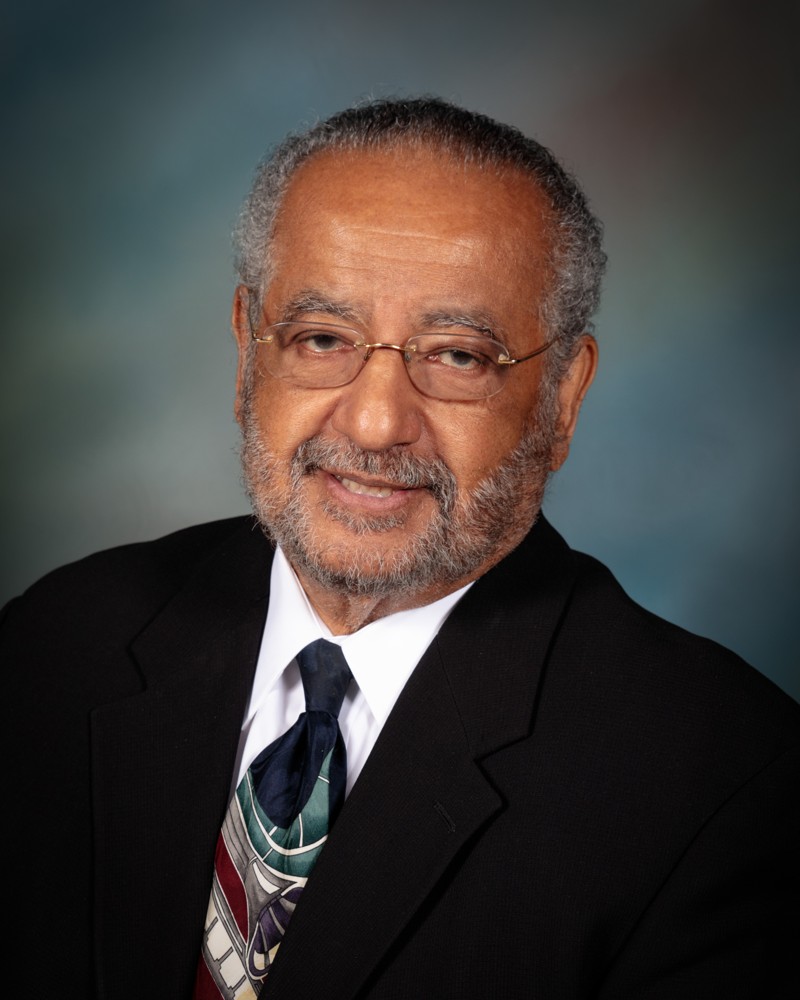




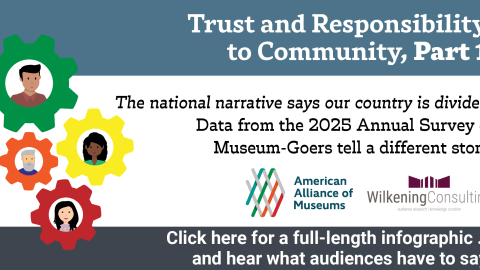

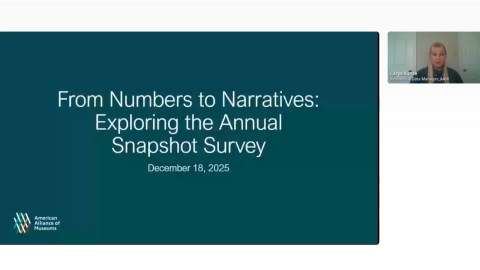
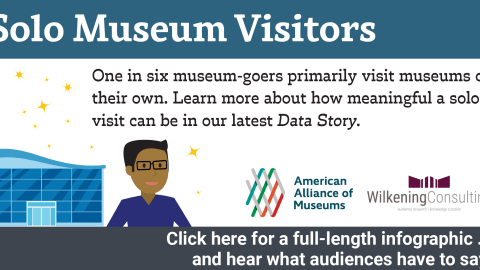
This historical context is important and it’s right on time from a veteran of the civil rights movement(Selma to Montgomery March). Your article helps us understand how to move the ball forward. It reminds us that not only museums but colleges and universities have the same capacity and opportunity to bridge the racial divide. The article also reminds us that racial uprisings and white terror did not occur in an vacuum and not confined to one geographical location. Before the Tulsa Riot in 1921, racists attacked Cincinnati’s Black community in the 19th century. Fast forward, I remember the traumatizing media coverage in 2001 of the uprising in the Queen City. I agree Dr.Fleming, community outreach does “create meaningful social dialogue, healing,and solutions.” I hope institutions and organizations today can successfully challenge the pandemic of racism using similar strategies and platforms. Thank you for your service.
Indeed, this piece is encouraging! It resonates with me on a personal level because I grew up in Cincinnati. As a kid, I was curious as to why my friends and I were often bussed to schools that were so far away from where we lived. I am humbled and proud to say I grew up in what is now known as one of the worst sets of public housing in Cincinnati, Winton Hills. You may or may not know, that Winton Hills is comprised of Winton Terrace, Findlater, and Garden Hills (some of the names have changed, but the challenges have not). During the pandemic, I was fortunate to do some research on forced serial displacement throughout the United States thus, I wanted to see how this systemic racist practice affected Cincinnati. What I found was more than astonishing!
Dr. Fleming refers to the area in Cincinnati known as Over the Rhine, well research revealed that in the 1940-50s the local government with the approval of the federal government approved the demolishing of large sections of neighborhoods where Black African-Americans lived and Over the Rhine was one of those neighborhoods. One article shared a story of a man who when he was a child, he and his classmates were sitting in school when suddenly they heard a bulldozer tearing down the church, they had just attended the previous Sunday. Not long after, the same school was demolished.
Research further revealed that throughout the city neighborhoods like the one I spent most of my childhood in were originally built for the White working poor of Cincinnati. However, due to serial displacement, African Americans needed places to live. Unwilling to allow White Americans and African Americans to live together, the Cincinnati Housing Authority built Findlater and moved the White Americans from the Winton Terrace projects to the newly built Findlater apartments. As more people of color continued to move into Winton Terrace White flight occurred. Thus, the area became populated by people of color.
What I found encouraging about the history is that the African American tenants began forming a neighborhood coalition, meeting once a week and they kept attendance (I was able to see an attendance log online). These simple neighborhood meetings turned into voting power. Take a minute and imagine poor Black African American people living in public housing throughout the United States, and forming positive neighborhood coalitions, nothing good can come out of that right, lol! Unfortunately, as a result, the city government and the Cincinnati Housing Authority forced sections of this community to disperse into other sections throughout the city. Cue the practice of “red zoning.”
As I close, I bring this full circle, by saying I now understand why Cincinnati like most other metropolitan areas are carved up into sections the way they are. I lived in an area of town that barely had grass. However, I went to schools where the neighborhoods were White and had they had manicured lawns. We shopped in grocery stores and later in shopping malls that were White communities, but interestingly, the schools rarely had White students. Disparities like this never end well.
Dr. Fleming’s piece underscores what is possible when institutions are intentional in acknowledging the elephant in room “racial injustice”, changing from within, bringing the community together, and hearing them. If we take nothing else away from this piece, I hope that we take heed to the importance of listening to the community that we are here to serve. Seeing that changes can be made when do not put what the community shares with us on the shelf.